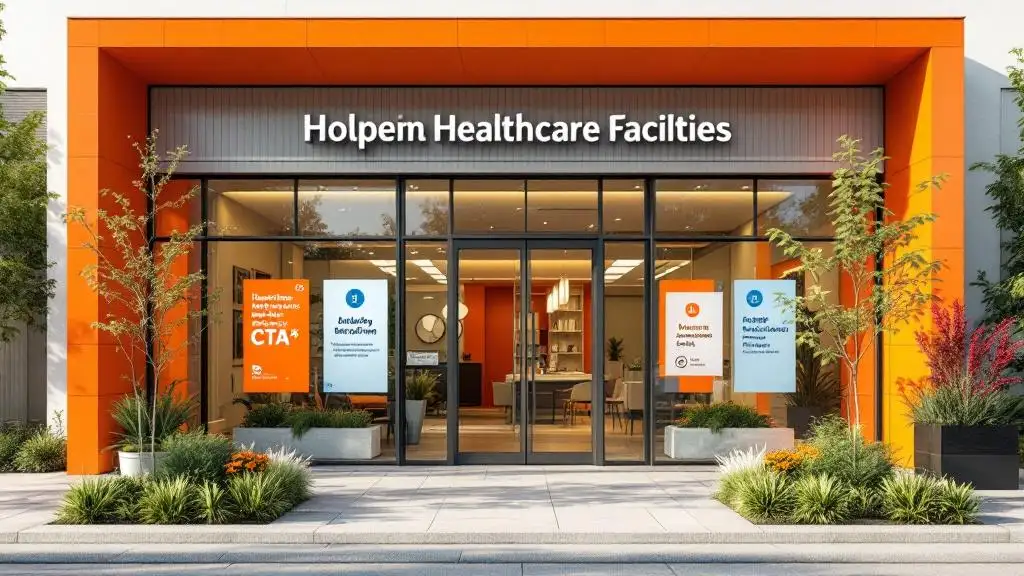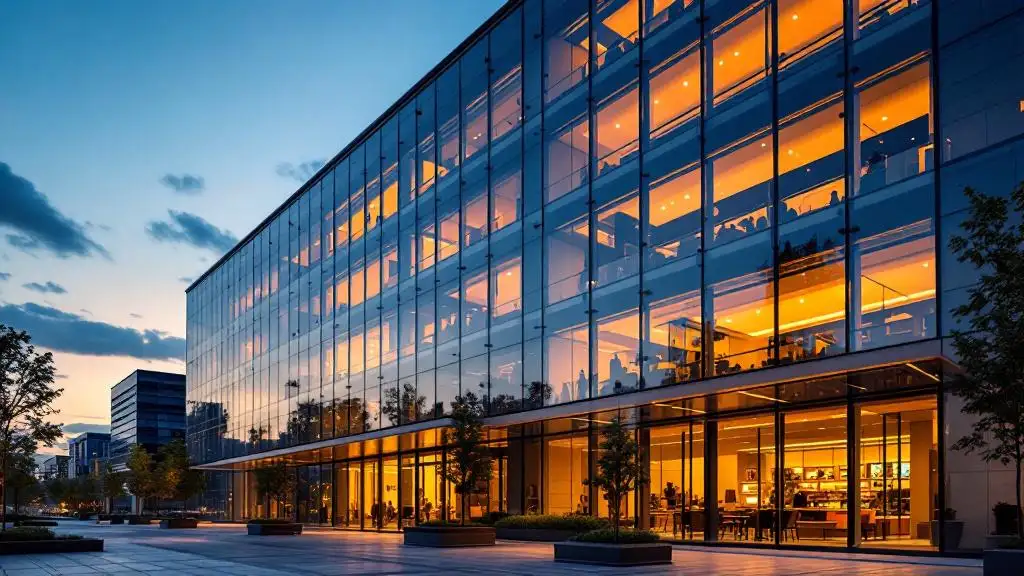85+ Addiction Treatment Center Industry Statistics & Facts (2025 Edition)
The addiction treatment industry plays a critical role in helping individuals overcome substance use disorders, improve mental health, and achieve lasting recovery. As the demand f
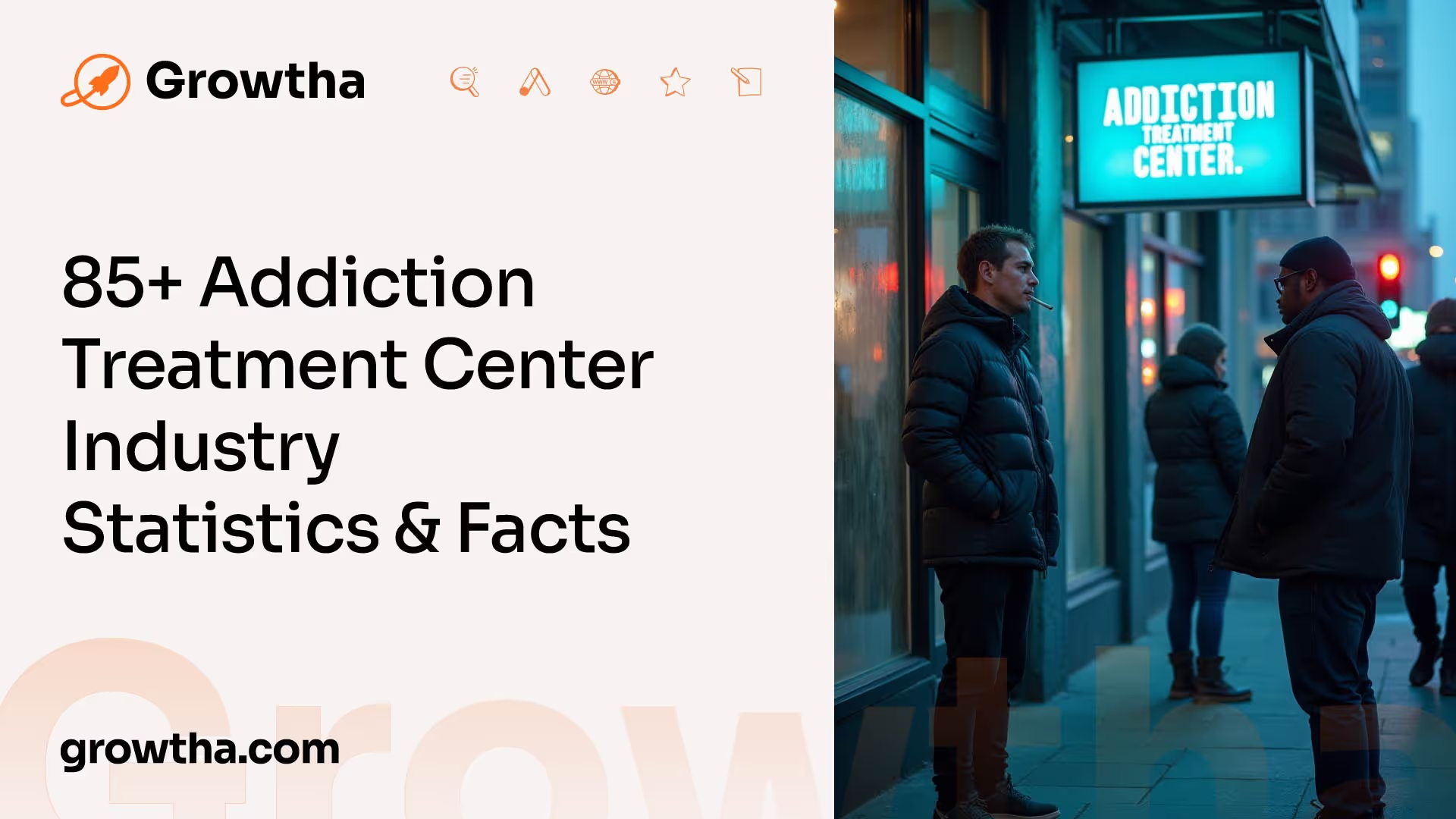

85+ Addiction Treatment Center Industry Statistics & Facts (2025 Edition)
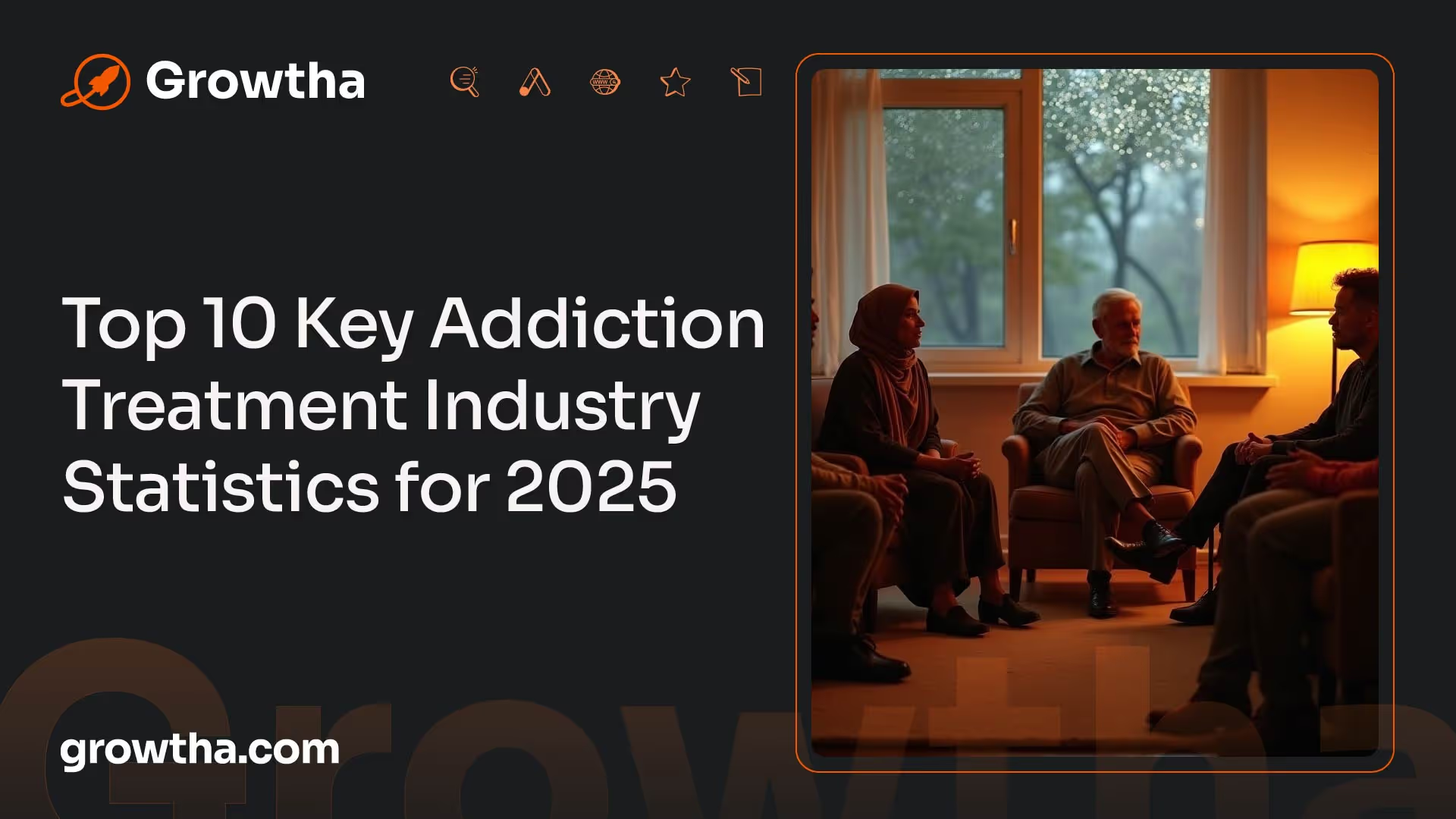
Top 10 Key Addiction Treatment Industry Statistics for 2025
- The U.S. addiction treatment industry is projected to surpass $53 billion by 2025.
- Over 21 million Americans aged 12 or older needed substance use treatment in 2024.
- Only 10% of individuals who need substance abuse treatment receive it.
- The average cost of residential treatment ranges from $6,000 to $20,000 for a 30-day program.
- Outpatient treatment programs typically cost between $1,400 and $10,000, depending on the services offered.
- Relapse rates for substance use disorders are estimated between 40% and 60%, similar to chronic illnesses like diabetes or hypertension.
- Medication-assisted treatment (MAT) has been shown to reduce opioid overdose deaths by over 50%.
- There are approximately 14,000 addiction treatment facilities across the United States.
- The number of telehealth addiction treatment services increased by 45% since 2020.
- States with the highest rates of substance use disorder cases include West Virginia, New Mexico, and New Hampshire.
Addiction Treatment Industry Overview
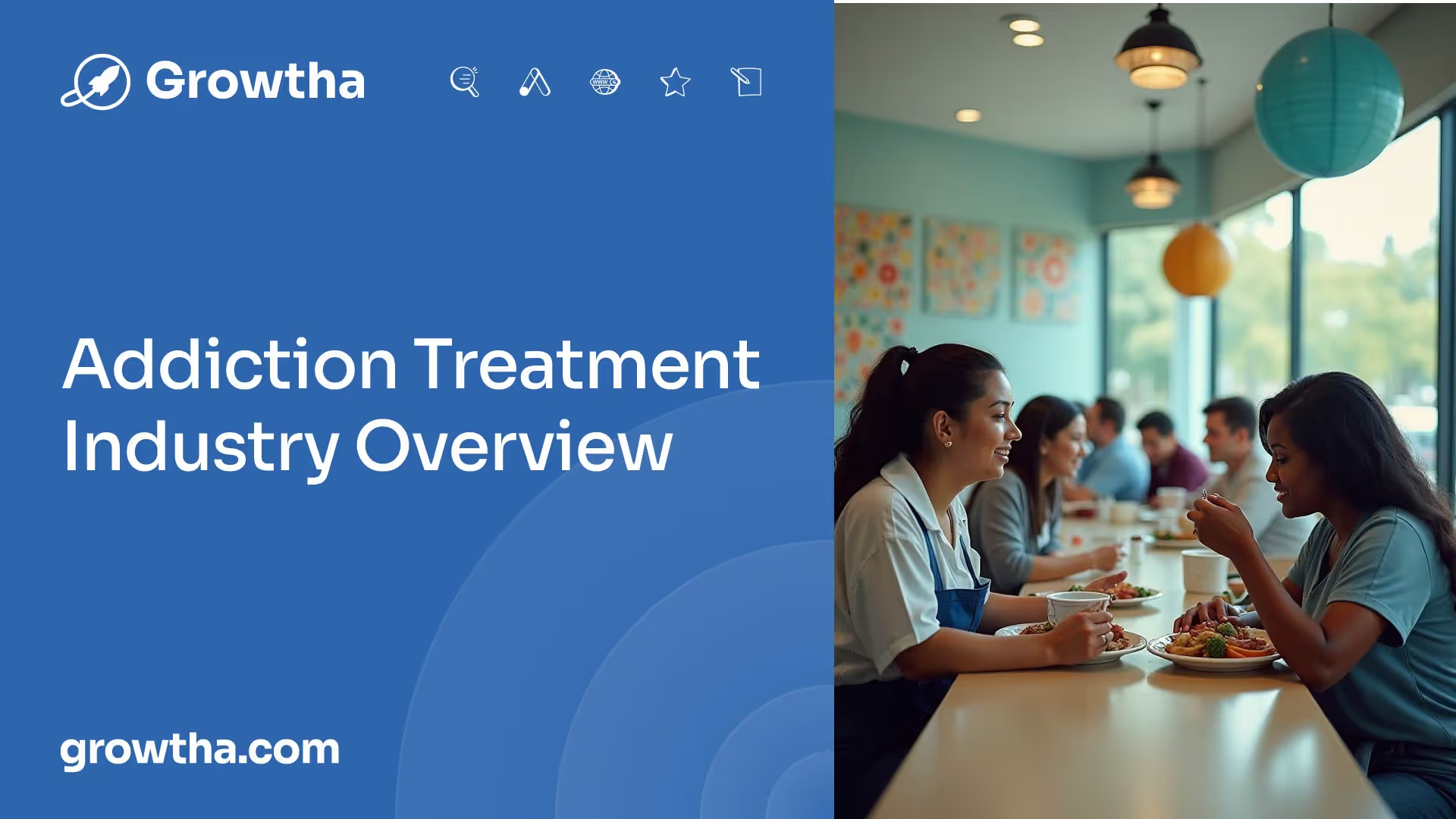
- The global addiction treatment market is projected to reach $60 billion by 2028.
- U.S. federal spending on substance abuse prevention and treatment programs exceeded $35 billion in 2024.
- Private insurance covers nearly 60% of addiction treatment costs in the U.S.
- Public programs like Medicaid fund about 30% of addiction treatment expenses.
- The number of faith-based treatment centers has risen by 20% over the past decade, reflecting growing interest in spiritual recovery models.
- Government initiatives and policy changes, such as the SUPPORT Act, aim to expand access to medication-assisted treatment (MAT) and telehealth services.
- Nonprofit addiction treatment organizations now account for 25% of all treatment facilities in the U.S.
- The rise of harm reduction strategies, including supervised injection sites and fentanyl test strips, is reshaping public health approaches to addiction treatment.
Substance Use Disorder Trends
- Alcohol remains the most commonly misused substance, with over 14 million adults diagnosed with Alcohol Use Disorder (AUD).
- 1 in 8 adults in the U.S. struggles with both alcohol and drug addiction.
- The opioid epidemic continues to have a significant impact, with over 70,000 overdose deaths reported annually in the U.S.
- The use of fentanyl in illicit drug markets has contributed to a 300% increase in overdose deaths since 2015.
- Cocaine and methamphetamine use has been steadily rising, with 15% of overdose deaths in 2024 linked to stimulant abuse.
- Cannabis use disorder is becoming more prevalent, with nearly 30% of regular cannabis users experiencing some level of dependency.
- Prescription drug misuse, particularly benzodiazepines and stimulants, has increased by 12% over the past five years.
Treatment Success Rates & Outcomes

- Long-term recovery rates improve significantly when individuals participate in 90-day programs or longer.
- Individuals who complete inpatient rehab are 50% more likely to maintain sobriety for one year than those who undergo outpatient treatment alone.
- Integrated treatment approaches that combine behavioral therapy, counseling, and medication improve recovery outcomes by over 65%.
- 85% of individuals who complete a structured aftercare program remain sober for at least one year.
- Peer support programs, such as sober coaches and recovery groups, increase treatment success rates by 40%.
- Individuals who engage in family therapy during treatment have a 35% higher chance of long-term recovery.
Demographics & Addiction Treatment
- Individuals aged 18-25 have the highest rates of substance use disorders.
- Men are more likely than women to seek treatment for alcohol and drug addiction, while women are more likely to seek treatment for prescription medication abuse.
- LGBTQ+ individuals are more than twice as likely to experience substance use disorders compared to the general population.
- Veterans are at higher risk, with 1 in 4 veterans reporting struggles with substance abuse.
- Racial disparities in addiction treatment access remain an issue, with Black and Hispanic individuals less likely to receive specialized care compared to white individuals.
- Individuals with co-occurring mental health disorders represent 45% of those in addiction treatment programs.
Treatment Modalities and Innovations
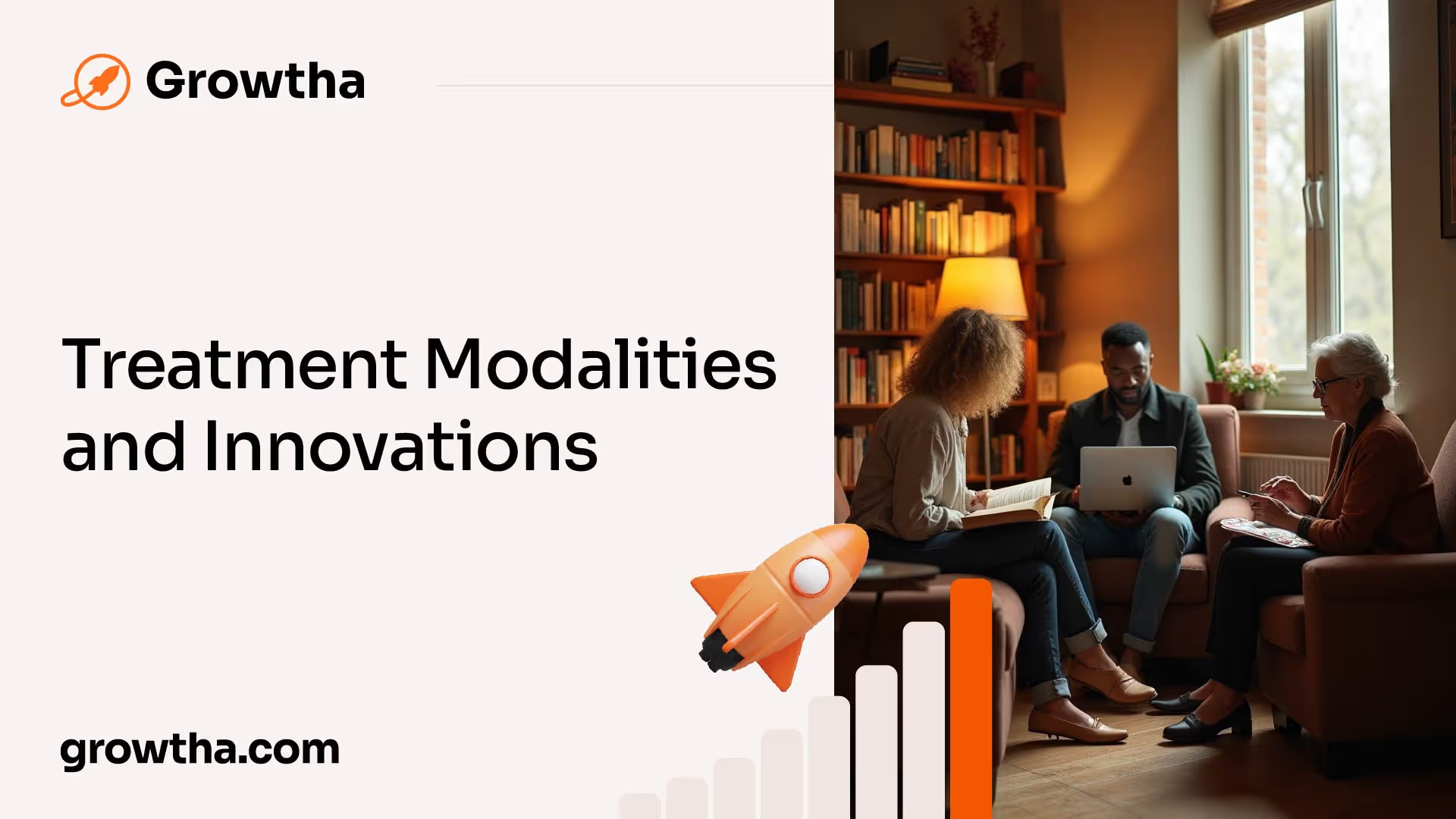
- The adoption of telehealth services for addiction treatment increased by 45% since the COVID-19 pandemic.
- Digital mental health platforms offering cognitive-behavioral therapy (CBT) have seen a 60% increase in adoption.
- Emerging treatments like ketamine therapy and psychedelic-assisted therapy are gaining traction for substance use disorder recovery.
- AI-driven assessment tools are being used to personalize treatment plans and predict relapse risks.
- Mobile addiction recovery apps are expected to see a 70% increase in usage over the next five years.
- Virtual reality (VR) exposure therapy is being tested as a method to reduce cravings and improve coping mechanisms.
Cost of Treatment
- Detox programs typically cost between $250 and $800 per day.
- Inpatient rehabilitation can range from $6,000 to $20,000 for a 30-day stay.
- Outpatient rehab programs often cost between $1,400 and $10,000, depending on intensity and services offered.
- Medication-assisted treatment (MAT) can cost between $500 and $5,000 per year, depending on the medication used.
- Free and low-cost addiction treatment programs, including those funded by nonprofits and state grants, serve approximately 20% of individuals in recovery.
Post-Treatment Support and Relapse Prevention
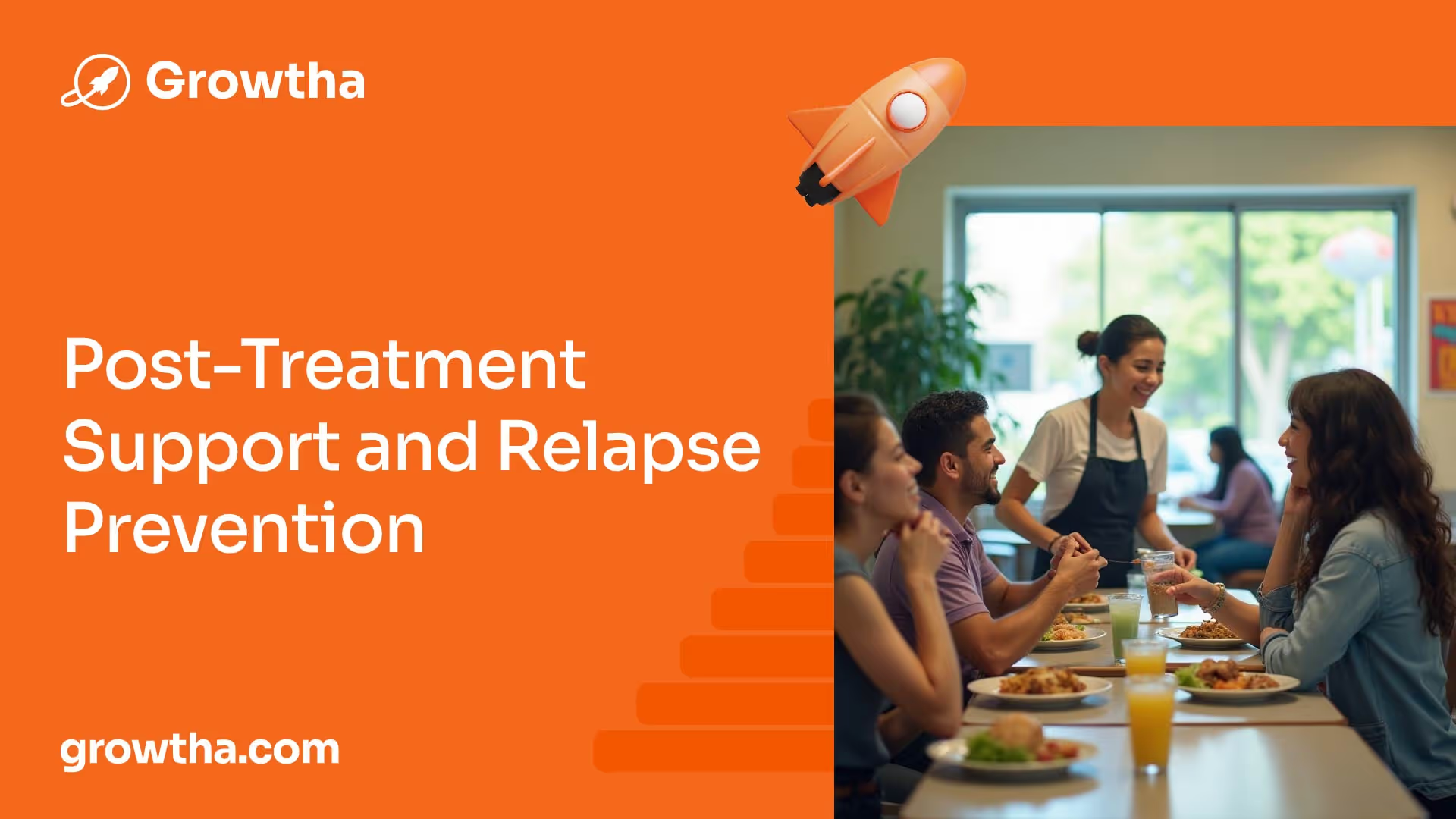
- 70% of individuals who complete treatment and engage in ongoing recovery programs remain sober after one year.
- Sober living homes have been shown to improve long-term success rates by offering structured environments with peer support.
- Participation in 12-step programs like Alcoholics Anonymous (AA) or Narcotics Anonymous (NA) increases the likelihood of sustained recovery.
- Workplace recovery programs have led to a 30% reduction in relapse rates for employed individuals.
- Mindfulness-based relapse prevention (MBRP) is gaining recognition as an effective strategy for sustaining sobriety.
Future Projections & Trends
- The addiction treatment industry is expected to adopt AI-driven assessment tools to personalize treatment plans.
- The demand for specialized programs that address dual diagnosis (co-occurring mental health and substance use disorders) is projected to rise significantly.
- Increasing integration of holistic therapies like yoga, mindfulness, and meditation is gaining popularity for improving mental well-being during recovery.
- Employer-sponsored addiction recovery programs are expanding, with 40% of companies planning to implement them by 2026.
- Blockchain technology is being explored for secure patient data management in addiction treatment centers.
Conclusion
The addiction treatment industry continues to evolve, blending evidence-based therapies with innovative approaches to better support individuals on their path to recovery. As demand rises, expanding access to comprehensive care models and enhancing education about available services will remain key to improving outcomes. With growing technological advancements and a shift toward holistic treatment options, the future of addiction recovery is becoming more personalized and effective than ever before. Increased investment in treatment accessibility, policy changes, and community support will be crucial in shaping the next decade of addiction recovery services.
References:
- https://americanaddictioncenters.org/rehab-guide/success-rates-and-statistics
- https://www.addictionhelp.com/drug-rehab/statistics/
- https://drugabusestatistics.org/
- https://americanaddictioncenters.org/rehab-guide/addiction-statistics-demographics
- https://www.cognitivemarketresearch.com/substance-abuse-and-addiction-treatment-market-report?srsltid=AfmBOoqFjL7WJuCacCexO7jepjKJcONiQ1V9js2PVVqkRd9tOta6kKO6


